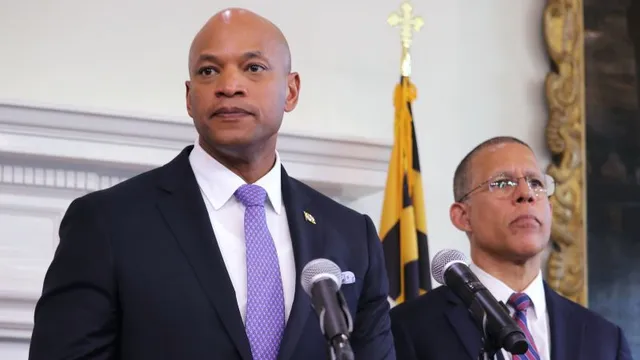
Audit reveals 36 police custody deaths misclassified as homicides
2025-05-16 00:00- An audit revealed systemic bias in autopsies of deaths occurring in police custody, focusing on cases involving restraint.
- Medical experts reviewed 87 cases and identified 36 instances where deaths should have been classified as homicides.
- Governor Wes Moore initiated a reevaluation of the cases, aiming to enhance transparency and accountability in police-related fatalities.
Express your sentiment!
Insights
In Maryland, an extensive audit of autopsies found 36 instances where deaths occurring in police custody were misclassified as non-homicidal. This review was catalyzed by widespread concerns regarding the previous state's medical examiner, Dr. David Fowler, whose biased testimony in the George Floyd case raised significant scrutiny over his tenure. The audit focused specifically on cases involving individuals who died after being restrained by law enforcement officers. A panel of medical experts evaluated 87 cases and determined that the classification understated the severity and nature of the deaths, thereby denying justice to affected families. Governor Wes Moore subsequently responded to these findings with an executive order mandating the attorney general, Anthony Brown, to reassess the 41 highlighted cases for potential reopening. The audit raised serious questions about the systemic biases present in death determinations, often skewing towards classification of deaths as 'undetermined', especially for Black individuals. This systemic issue points to the larger implications these findings have for the justice system, as they speak to ingrained racial and institutional biases that need to be addressed. The investigation's findings do not seem to imply intentional misconduct, but they reflect the need for thorough reforms within the medical examination process in police custody cases. The task force created by the governor aims to bring awareness to the circumstances surrounding these deaths and establish a clearer and more accountable process for autopsy determinations moving forward. With the spotlight on the Maryland autopsy practices, it sets a precedent for similar inquiries across the nation, providing a potential framework for understanding and reevaluating in-custody deaths. Familial calls for accountability have often been muted, but the current administration’s actions signal a shift towards greater transparency in cases involving police-related fatalities.
Contexts
Racial bias in autopsy determinations is a critical issue that has significant implications for public health, justice, and social equity. Research demonstrates that systemic inequalities often influence the conclusions drawn in autopsy reports, particularly when the deceased belong to marginalized racial and ethnic groups. This bias can manifest in various forms, from the interpretation of cause of death to the collection of forensic evidence. For instance, studies have shown that Black and Hispanic individuals are more likely to have their deaths ruled as homicides compared to their white counterparts, even under similar circumstances, indicating a disparity in how racial demographics are viewed in the context of fatal incidents. Furthermore, the discrepancies in autopsy outcomes can impact criminal investigations, influencing the way cases are prosecuted and creating wider societal ramifications. The implications of these biases extend beyond individual cases to affect entire communities, perpetuating cycles of mistrust between marginalized groups and the institutions meant to serve them. The perception of inequity in autopsy determinations can lead to broader societal consequences, including diminished cooperation with law enforcement and a lack of faith in the medical examiner system. Families may feel that their loved ones' deaths are not treated with the same seriousness as those of individuals from different racial backgrounds, exacerbating feelings of injustice and leading to community unrest. Addressing these issues requires a multifaceted approach aimed at reforming policies and practices within medical examiner offices and law enforcement. To mitigate racial bias in autopsy determinations, it is essential to implement training programs for medical examiners that focus on cultural competency and awareness of implicit biases. This education can foster a more equitable approach to determining causes of death, ensuring that all individuals are afforded the same level of scrutiny and consideration regardless of their racial or ethnic backgrounds. Additionally, increasing diversity among forensic professionals can help bring varied perspectives to the field, thereby challenging existing biases and promoting a more inclusive atmosphere. In conclusion, tackling the impact of racial bias in autopsy determinations is imperative to creating a just and equitable society. Acknowledging the existence of bias is the first step towards mitigating its effects through comprehensive training, policy reform, and community engagement. As ongoing research unveils the deep-seated issues within forensic practices, stakeholders must commit to advancing equity and transparency in order to rebuild trust in the systems designed to uphold justice.